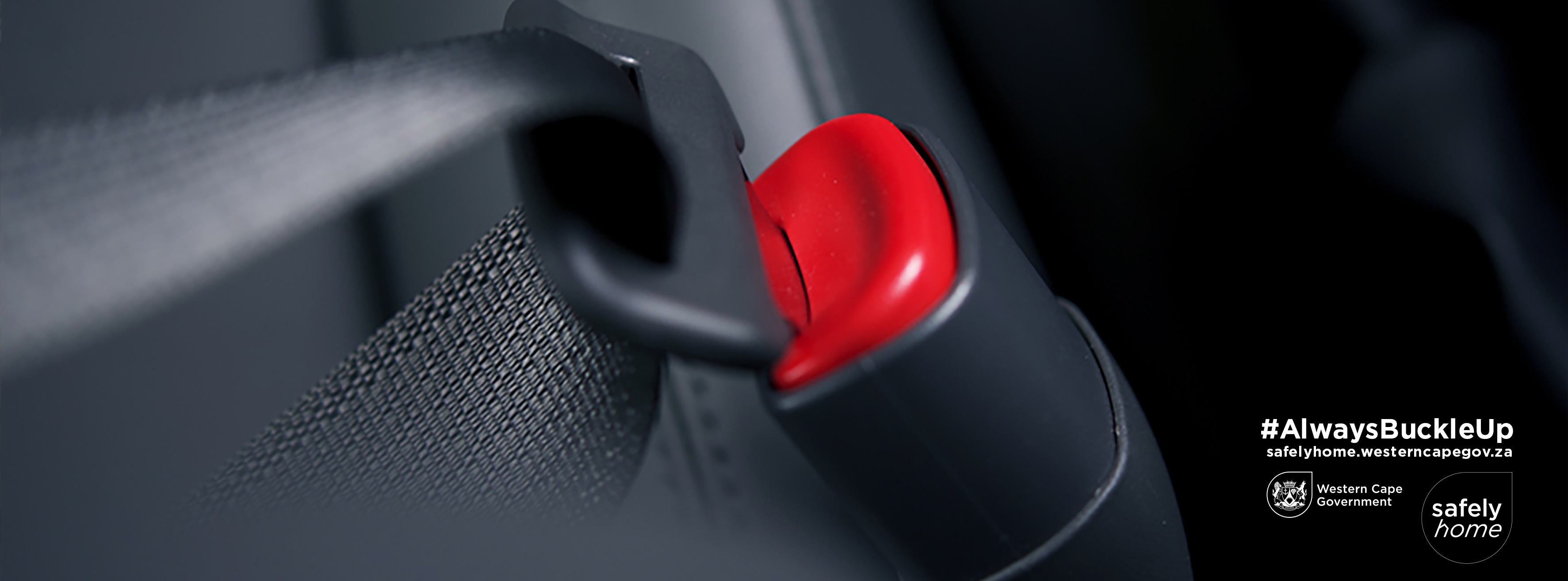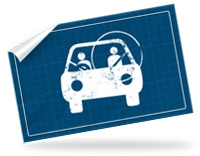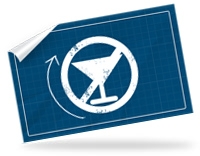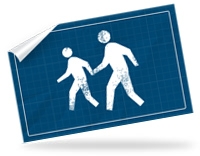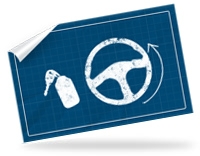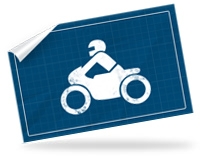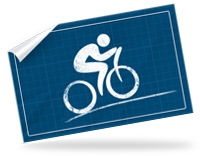Vehicle occupant deaths (drivers and passengers) constitute as one of the leading class of fatalities in the City of Cape Town and accounts for nearly half of the road deaths in the Western Cape.
The “It Takes a Second to Save a Life” Seatbelt Campaign has been developed based on significant research which entailed an analysis of driver and passenger road crash fatalities in the Western Cape, as well as research into seatbelt usage.
A study conducted by the University of Stellenbosch’s Emergency Medicine Unit (reported in the Cape Argus in August 2013) revealed that in Cape Town alone:
- Only 25% of the City’s motorists wore seatbelts;
- Most severe injuries were sustained by those who were not wearing seatbelts at the time of the collision;
- Rear passenger seatbelt usage was at an alarming low rate of 8.3%
Who is Most at Risk:
The analysis of driver and passenger fatalities, from 2008 until September 2012, shows that Black and Coloured Males aged between 20 and 49, in both the driver and passenger category, have the highest fatality rates in the Western Cape.
Graph: Top 3 Driver Fatality Categories in the Western Cape

Graph: Top 3 Passenger Fatality Categories in the Western Cape

In terms of children, the coloured population group constitute the significant majority of the fatalities. This in particular in the 10-18 age categories where the Coloured population group (both male and female) constitute 62.4% of the fatalities, compared to that of the Black population group (both male and female) who are the second highest and constitute 20.6% fatalities, over the five year period.
The World Health Organisation’s (WHO) Global Status Report on Road Safety 2013 reports that wearing a seatbelt reduces the risk of fatal injury by 40-50% for drivers and front-seat occupants and by up to 75% for rear-seat occupants.
What is the South African Law on Seatbelts?
Regulation 213 of the National Road Traffic Act, 93 of 1996 states that “…no adult shall occupy a seat in a motor vehicle operated on a public road which is fitted with a seatbelt unless such person wears such seatbelt”.
With the “It Takes a Second to Save a Life” Seatbelt Campaign we encourage people to change their behaviour and to take into consideration the consequences of not wearing their seatbelt.
It only takes a second to put on your seatbelt, a simple action that could save your life.
Our radio advertisements, with the “Click Tock” theme, emphasises how short the amount of time is, that it would take to put on your seatbelt. Here, we draw a comparison between the ticking of a clock and the sound of a seatbelt clicking shut.
"Click Tock" Radio Advertisement:
We have a host of other advertisements which have been created to complement the predominant one; advertisements which make use of everyday life situations to illustrate the importance of wearing ones seatbelt.
Listen to the other radio advertisements here:
Think before you drive. Wear your seatbelt at all times.
What Happens if You Don’t:
- Failure to use a seatbelt can cause drivers and passengers to be completely ejected from the vehicle, increasing the risk of injury or death in a crash.
- Without a seatbelt you will continue to move forward at the same speed at which the vehicle was travelling before the collision and will be catapulted forward into the structure of the vehicle – most likely into the windscreen, dashboard or steering wheel column, if driving.
- Unrestrained passengers can potentially kill other vehicle occupants on impact.
- Unrestrained rear seat passengers are three times as likely to suffer death or serious injury as belted passengers (Read more on Passenger Safety in the Vehicle).
What You Should Do:
- Always wear a seatbelt, even when travelling short distances.
- Always ensure your passengers are buckled up, especially children (Read more on Child Safety in the Vehicle).
- Fasten the lap and shoulder belt across the hips. Do not place the shoulder belt under the arm or across the face or neck.
- Check seatbelts periodically to ensure proper functioning.
What’s Your Reason For Not Wearing One?
"I'm only going to the shop." Actually, this is the best time to wear a seatbelt, since most crashes occur within five kilometres of your home.
"I'm afraid the seatbelt will trap me in the car." The best place to be during a crash is in your car. If you are thrown out of the car, you are more likely to die. And if you need to get out of the car in a hurry (e.g. crashes involving fire), you can get out a lot faster if you have not been knocked unconscious inside your car.
"I don't need a seatbelt; I've got an airbag." Airbags do not replace seatbelts and having an airbag is no excuse for not wearing a seatbelt. Airbags are more effective when combined with a seat belt.
We have partnered with the Global Road Safety Partnership, chaired by Professor Sebastian Van As. Together, we can make this campaign go a long way in increasing awareness and saving lives and we invite you to become a partner by helping us to achieve a sustainable behavioural change and create a culture of “Buckling Up”.

